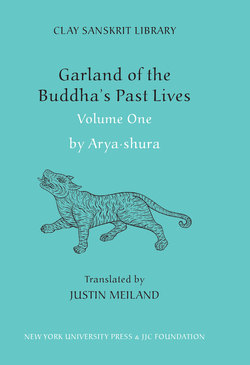Читать книгу Garland of the Buddha’s Past Lives (Volume 1) - Aryashura - Страница 11
ОглавлениеBuddha’s Past Lives” consists of thirty-four tales, widely acclaimed for their sophisticated style. In the visual arts, a significant number of jataka sculptures are found at the stupa monuments of Bharhut and Sanchi in Central India, thereby laying claim to being some of the earliest extant Buddhist art (approximately first century bce).2 Similarly, Arya·shura’s “Garland of the Buddha’s Past Lives,” which has enjoyed a celebrated reputation in both India and Tibet, seems to have played an important role at Ajanta in Maharashtra, where verse inscriptions from the text are found alongside mural paintings of the Ksantivadijataka and “The birth-story of Maitri·bala” (Maitribalajataka 8.1, approximately fifth century ce) (Luders 1902). In sum, one could justly assert that, in terms of their pervasiveness and the sheer frequency of their representation, jatakas enjoy a position in Buddhist culture that rivals even the life-story of the Buddha himself.
The Bodhi·sattva and the Perfections
When considering the doctrinal background of the jataka genre, it is important to understand that in mainstream Indian Buddhist thought there are three qualitatively different types of enlightenment or, to use a more correct translation, “awakening” (bodhi), a state that brings an end to suffering and rebirth through a direct insight into the impermanent nature of the world. They are: the awakening of an arhat, the awakening of a pratyeka/buddha, and the awakening of a perfectly-awakened Buddha (samyak/sambuddha). An arhat becomes awakened by hear- ing and following a Buddha’s teaching (hence the term sra- ________
